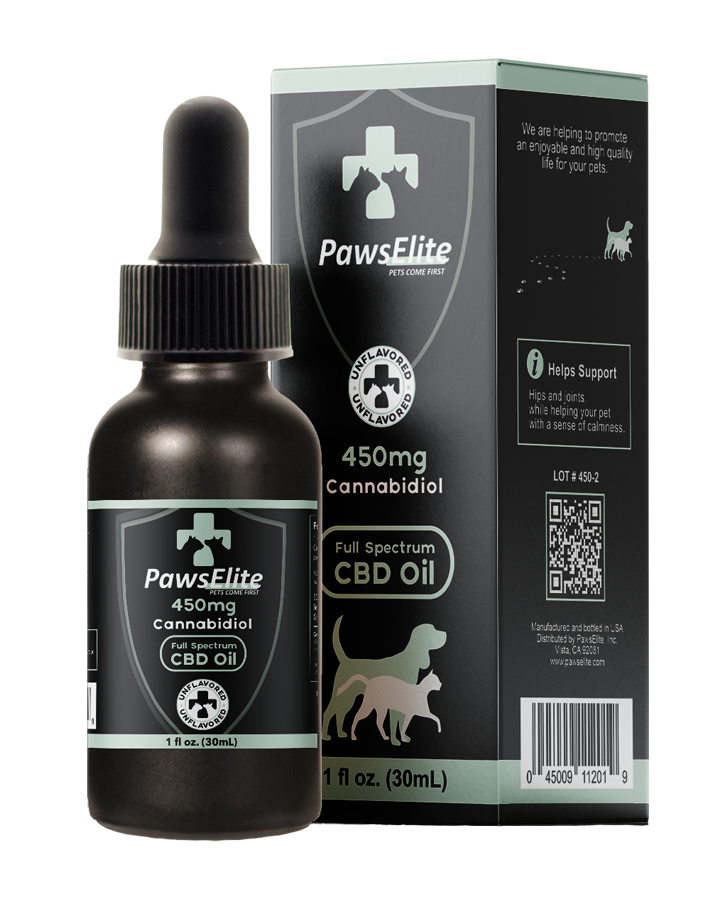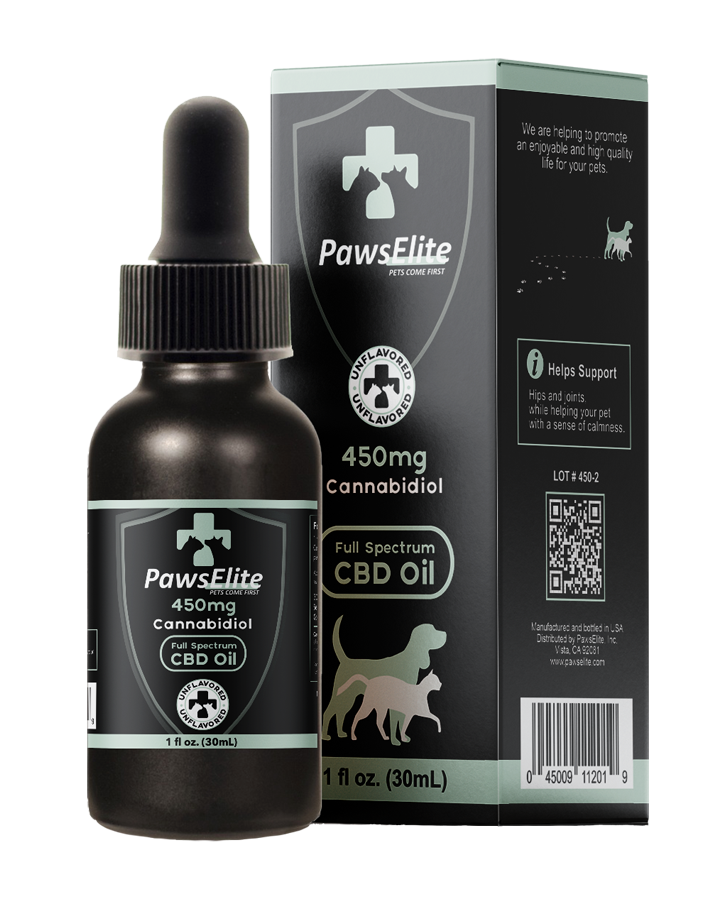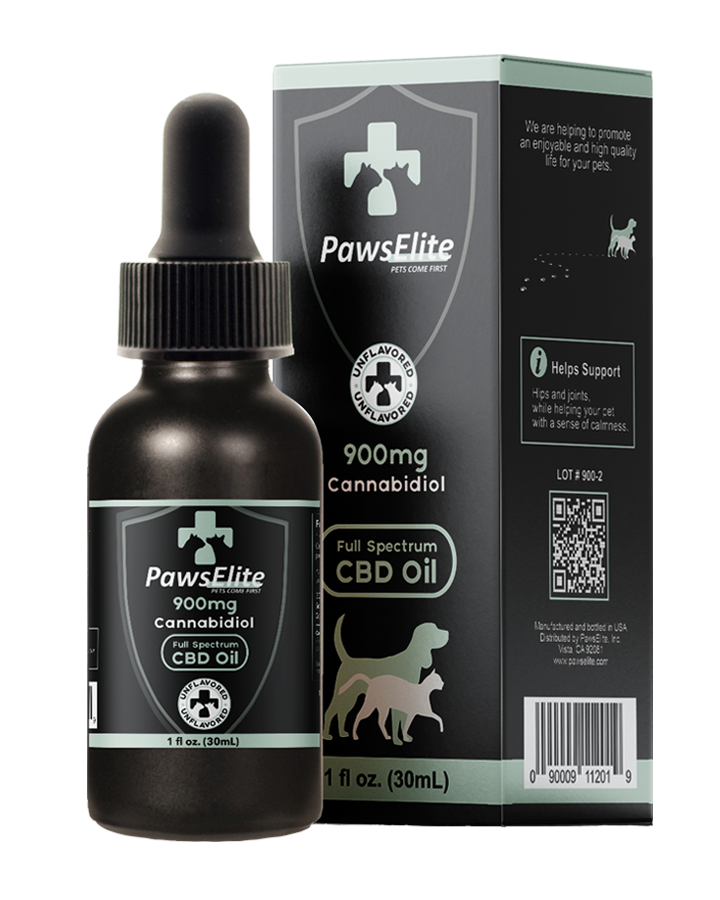
Dog Hives Treatment: How to Treat Dog Hives at Home
Share
Is your beloved canine companion constantly scratching and gnawing at themselves? It might be more than just a passing annoyance. Take a closer look if your dog is displaying these behaviors – their skin might appear irritated and inflamed, indicating the presence of dog hives. If you suspect your dog has hives, it's essential to seek prompt veterinary attention to determine the underlying cause of their discomfort. Allergic responses could be the culprit. Wondering how to get rid of dog hives? Explore treatment options, including home remedies, to provide your furry friend with relief and comfort. Discover effective ways to treat dog hives at home, ensuring your pet's well-being and happiness.
Your dog may have hives from an allergic reaction, which causes redness and irritation of the skin. If this is the case, do not hesitate to take your dog to the vet, but if you’re looking for a natural remedy for dog’s itchy skin then you’ll want to read what’s available to you below for natural ways to get rid of dog hives with home remedies.
CBD tincture for dogs is a great and safe alternative to conventional medicine, which can have many negative side effects.
What Does Dog Hives Mean?
Hives are red, swollen, and typically irritating skin welts or rashes. Any area of the body, including the dog's face, neck, lips, and ears, might develop the red skin welts. The majority of these responses are limited and frequently go away by themselves.
Due to their rich covering of hair, dogs' hives are more difficult to spot than those on human skin. On parts of the dog's body with less hair, the rashes could be visible, but otherwise, all you might see are a few tiny raised hair tufts that point to the existence of raised welts. Your pet's skin welts can itch or not affect them at all.
Dog Hives Treatment: Is CBD Oil Helpful?
CBD oil for dogs has anti-inflammatory properties that can help relieve atopic dermatitis. CBD is a supplement that can help relieve inflammation on the skin and promote healing through healthy sleep patterns and calmness. Unlike shampoos or medications, these benefits are delivered without harsh chemicals or potential side-effects.
CBD is mainly useful in strengthening the immune system and easing your dog from pain and discomfort. It may also stop the immune system from producing allergic effects.
Understanding Dog Hives and Their Causes
Dog hives can be distressing for both pets and owners. These raised, red, and itchy welts on your furry friend's skin are often caused by allergic reactions to various triggers such as insect bites, certain foods, or environmental factors. Identifying the underlying cause is essential for effective dog hives treatment. If you notice your canine companion scratching and gnawing excessively, inspect their skin closely for any signs of irritation and inflammation. Once you suspect hives, it's crucial to consult your veterinarian promptly to determine the exact cause and initiate appropriate treatment.
CBD Oil as a Safe and Effective Dog Hives Treatment
As pet owners, we always strive to provide the best care for our beloved furry friends. When it comes to finding a natural and effective dog hives treatment, CBD oil emerges as a promising solution. CBD (cannabidiol) is a non-psychoactive compound derived from the hemp plant, known for its potential anti-inflammatory and soothing properties. Many pet owners have witnessed the benefits of CBD oil in alleviating their dogs' allergic responses and reducing hives' discomfort. Unlike conventional medications, CBD oil offers a safe and gentle alternative for your pet, without the risk of harmful side effects.
CBD oil can help to:
Reduce Inflammation:
CBD's anti-inflammatory properties can aid in calming the skin and reducing redness and swelling caused by hives.
Alleviate Itching:
By interacting with the endocannabinoid system, CBD may help to decrease your dog's urge to scratch and gnaw at the hives.
Support Overall Well-being
CBD can promote relaxation and a sense of calm in dogs, which can be especially beneficial during episodes of hives.
When choosing a CBD oil for your pet, it's essential to opt for a high-quality product from a trusted source like Paws Elite. Our CBD oil for dogs is made from organically grown hemp, free from harmful additives, and undergoes rigorous third-party testing for potency and purity. Providing your pet with Paws Elite's CBD oil can be a safe, effective, and natural way to help manage dog hives, ensuring your furry companion leads a comfortable and happy life.
Dog Hives
Another, more technical term for hives is Urticaria, a skin condition that is described by having red welts. The individual welts can vary in size, but they’re typically blended together and can appear anywhere on the body.
Cause of Dog Hives
Hives can be caused by direct contact with a substance that causes an allergic reaction, ranging from things such as insect bites, pollens, molds, foods, vaccinations, and medications. It is the immune response to specific allergens, which produces antibodies causing the inflammation of the skin.
Pay attention to what your dog has been around to understand where the dog’s hives came from. It’s important to know what is triggering this reaction in order to limit its exposure.
When histamine is released locally in the skin, hives form. The blood vessels there may swell as a result of this. Small reddish lumps and welts known as hives ultimately develop from the localized inflammation. Larger skin welts and lumps can occur when smaller hives combine. There are several recognized causes of dog hives. Your pet's hypersensitivity to any allergen might result in hives. Among the most typical are:
- Bee or wasp sting and other types of insect stings
- Spider bites
- Food allergies
- Vaccines
- Environmental allergens - pollen, molds, dust, etc.
- A chemical reaction to insecticides
- Shampoos
- Medications
- Supplements
- Plants - such as Poison Ivy or Stinging Nettle
- Genetic abnormalities
Are Hives Dangerous To Dogs?
If the hives are caused by a bee or insect sting, then your dog will have swelling around the face and lips, but it’s possible that the swelling may progress to the throat, compromising breathing. When breathing is compromised it is known as “Anaphylaxis in Dogs”. However, in most cases, hives are self-limiting and cause no dangerous health threat to your dog.
How to Get Rid of Dog Hives?
In most cases, conventional medicine will be prescribed by your vet. The medicine for hives that you’ll find is Antihistamines, Corticosteroids, and Epinephrine. Epinephrine is typically prescribed in very severe cases. Although the medication will be helpful, they come attached with a terrible potential for side effects.
Conventional Medicine Side Effects
Here is a list of side effects for the most popular treatment for dog hives.
Antihistamines
- Drowsiness
- Lethargy
- Nausea
- Diarrhea
- Anxious or Nervous
Corticosteroids
- Frequent urination
- Dehydration
- Lethargy
- Higher risk of infection getting worse
- Nausea/vomiting
- Urinary tract infection
- Muscle weakness
- Predisposition for diabetes
Epinephrine
- High blood pressure
- Anxiety
- Possibly cause tremors
- Can cause Excitability
- Vomiting
- Abnormal rhythms of the heart
The list may go on, but all in all the potential side-effects do exist and one should consider these before committing to conventional medicine. If you decide that the above treatments are not for you, then you can look into some natural home remedies for dog hives.
How to Get Treat Dog Hives at Home
Natural Dog Hives Treatment
Oats have many health attributes, which can help alleviate the itching when applied to the skin. Oats can have a soothing effect and can give your dog with hives some relief. You can use oat paste and apply it to your dogs infected area.
Teas
Teas are known to have a calming effect when applied to skin. They are best when used to give relief for itchy and irritated skin. We’ve learned that both chamomile or green tea baths will help your dog’s irritated skin and will sooth the itch.
Apple Cider Vinegar and Water Spray 50/50 Solution
You can spray an infected area of your dog’s skin with a solution made by an equal mixture of apple cider vinegar and water. It is effective for skin irritation, because it has antiseptic and anti-fungal properties. However, if your dog has exposed skin, or broken skin do not apply this mixture to that area.
Coconut Oil
Another natural remedy that has anti-fungal and antibacterial properties, which helps treat irritated skin. You’ll need to directly massage the coconut oil on your dog’s hives to reduce the irritation.
Using CBD Oil to Treat Dog Hives Treatment
The above natural remedies will help to treat usual symptoms of dog hives. However, one of the most effective natural remedies is CBD Oil also known as cannabidiol. Pet CBD Oil has shown to have medical benefits aside from helping with itchy skin and skin allergies. The secret is that Cannabinoids produced in the dog’s body have an anti-inflammatory effect. Endocannabinoids seem to play an important role in regulating inflammation processes.
CBD Oil is safer for dogs and provides non-toxic and non-psychoactive treatment. CBD has been shown to have other medical benefits aside from helping with skin allergies in dogs. It is used to reduce pain, stimulate appetite, reduce anxiety, and help fight against cancer.
Read more to find out how to give your dog CBD oil.
Preventing Dog Hives
Do not expose your dog to the offending allergy. The most effective method for avoiding dog hives is this. However, it is simpler said than done. Your dog's surrounding environment is full with allergens, and their food may also include them.
It is necessary to take action to find the allergy responsible so you can limit or completely shield your pet from exposure. Your veterinarian may provide an injection 10–14 minutes before to the vaccination if your dog has previously responded negatively to a certain vaccine.
To reduce negative responses, your veterinarian may decide that future vaccination regimens for your pet need to be changed.







